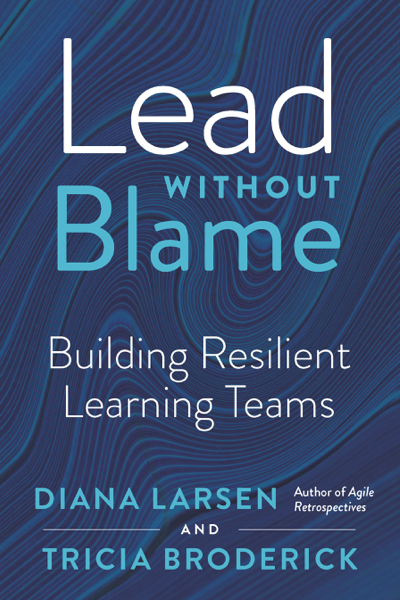I’ve been receiving inquiries in how the Agile2017 program is built. My quest is transparency so I thought I would share the process and answer some common questions.
Program Team:
Agile2017 has a conference chair (that’s me). I (along with the Agile2016 conference chair and existing program team members and Agile Alliance board steering committee) select 3 additional program team chairs for Agile2017. The program is broken into four categories: People (Leadership, etc), Technical (DevOps, etc), Product/Project/Process (Agile Companies, etc) and Special (Agile Foundations, Stalwarts, etc). Each program team member leads one of these categories. Yes, the sheer volume of work (while each of us has a full time job and personal life) requires several people. Some program team members will continue for multiple years and some will become conference chair.
Track Teams:
Each program team member selects one-two track chairs for each track (typically collaboratively with the program team). Then track chairs select their review teams (size of teams can vary from 8-25ish).
Program Creation:
1.) Track chairs receive a budget of slots for the program by the program team
2.) They work with their review teams to stack rank their budget plus 5 additional sessions.
3.) Program team first addresses speakers that have 3-4 recommended sessions (to meet the 2 slot max policy, hence why we may need more sessions then the budget)
4.) Program team starts laying down sessions based on order from track chairs
5.) Program team reviews overall program for missing topics, overlaps, etc and fills the remaining 5 slots.
Why wasn’t I selected?
Every year the conference chair has a choice of how he/she wants to respond. I chose to provide as much information/feedback as possible. Was the submission topic interesting to the team? Did the submission provide all the information the track team needed? Did the submission simply not stack rank against the other strong submissions? I do my very best to provide some tangible feedback on how they could improve for next year.
I’m not a big name, do I even have a chance?
Yes. If you look at former programs and this year’s, you will see several first-time speakers. Our number one priority is to provide a quality program, that means we are concerned whether a great writer is also a great speaker (which is not always true – or vice versa). In addition, this conference is large at 2500 attendees. The minimum room size is 90 people this year…that’s a bit overwhelming for a first time speaker. I highly recommend speaking at regional conferences or meet ups. But even without that experience, you could still be selected.
I’m a big name, why wasn’t I selected?
Ok. No one has said this exact question but I have heard pretty close variations. Again, I try to provide each of these inquiries with information. Unfortunately, I don’t always have an answer that satisfies but I try. However, more times than not, when people ask this variation of the question, they assumed their name would be enough and didn’t bother to write an actual quality submission. Not only do some of the review team members have no idea of your “big name” but even if they do, they want to be fair in their reviews and not just select based on name.
Why not do blind speaker submissions?
Writing submissions well does not always mean delivering a session well. We do not rule people in or out based on presentation history but this information is valuable when providing a quality program from the limited number of slots available.
Why didn’t you get my session in?
So I know that this was said in jest but let me be perfectly clear: As a program team member, I have the smallest option to get someone into the conference. We honor the track chair recommendations (with the exception of more than 2 slots). We keep a few slots (this year 5 out of 272 sessions) to help fill in holes. The program team highlights the session options (missed topic, not track fit session, etc) and thoroughly discusses which makes most sense to add. At the track and program levels there is always a conflict of interest disclosed. The way that the process works, makes it almost impossible for any one individual to independently decide…which is exactly what we want to minimize this issue.
Is there a blacklist?
No. For the three years that I’ve been on the program team and the several years as a track chair before that, I have never used nor even seen any blacklist. There is not a conversation where the track team recommends someone and the program team says “nope, we don’t like that person”.
What other questions do you have?




